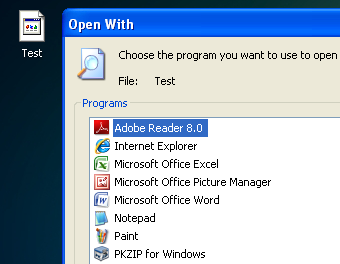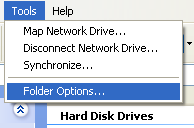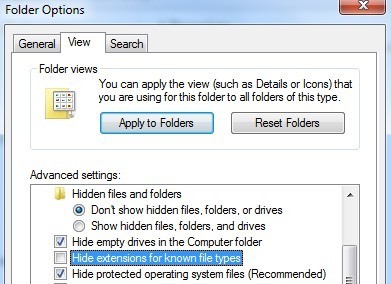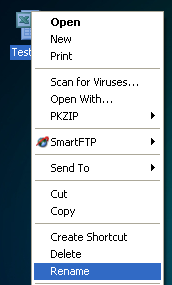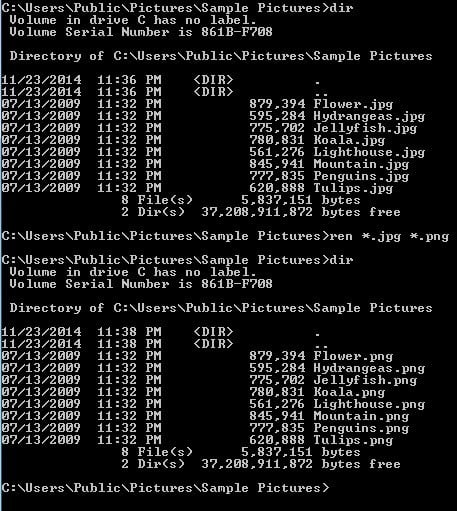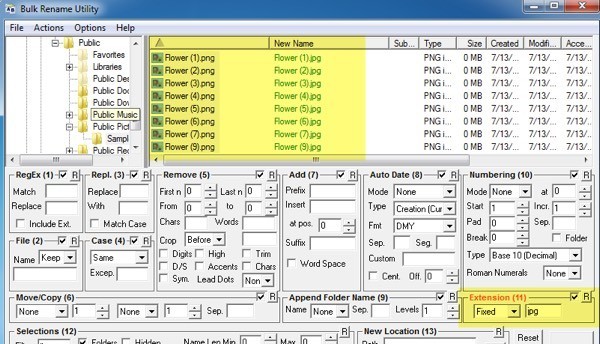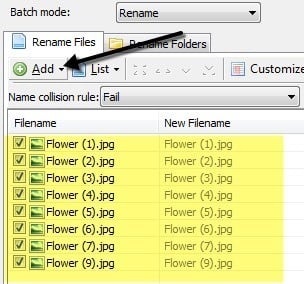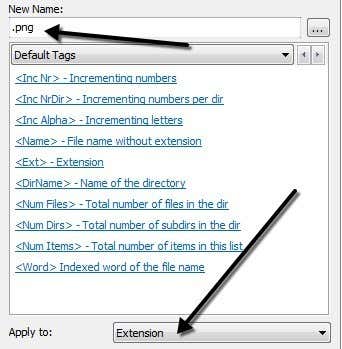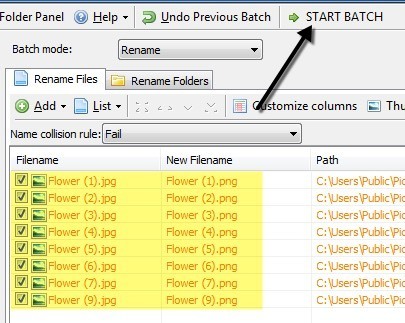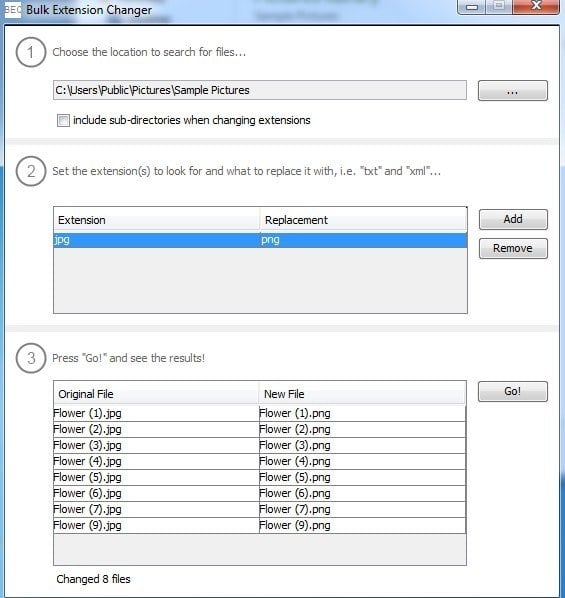There are many other reasons why you may need to rename file extensions, so I’ll show you how you can change them one at a time if you have a small number of files or batch rename file extensions if you have lots of files. If you have a file with no extension, Windows will probably assign a generic icon to it. When you try to open it, the Open With dialog will pop up where you’ll get a list of programs to choose from.
Obviously, since there is no file extension for the file, Windows is not able to determine which program should open it. If you want to change the file extension for the file, you first need to be able to see file extensions in Windows. You can do this by going to My Computer and then going to Tools and Folder Options.
In Windows 7, click on the Organize button and then click Folder and search options.
In Windows 8, you just click on the View tab in Explorer and check the File name extensions box.
Go to the View tab and scroll down till you see the option “Hide extensions for known file types“. Go ahead and uncheck it.
If the file has no extension at all, this step may not be necessary, but I am including it because if you’re trying to CHANGE the file type from one type to another, then you need to do this. Now right-click on your file and choose Rename.
Move to the end of the name and type in .XXX or whatever the type is for the file you want it to be, i.e. .TXT for text files, .XLS for Excel files, etc. Obviously, the file has to have originally been from that program that you are changing the file extension too. In my case, the text file was from Excel, so I added that extension back.
How to Batch Rename File Extensions
So how do you rename multiple file extensions at once? If you have a directory full of files that need to be changed from .PNG to .JPG, it’s going to take forever to do this using the method above. Luckily, there are a couple of different ways we can change the file extension for multiple files at once.
Command Line
For those of you who are familiar with the command line, there is a very easy command you can use to perform very simple file renaming tasks. There are two commands that you can use at the command prompt: ren and rename. Both of them do the exact same thing, so it’s just a preference as to which one you use. If you have a folder with a bunch of JPGs inside and you want to change the file extension to PNG, for example, you would type in the following command: ren *.jpg *.png
As you can see above, the command changed all the files in that directory with a JPG file extension to ones with a PNG file extension. You can get more information on how to use the ren command from Microsoft’s website.
Bulk Rename Utility
If the command line sounds daunting, then there are a couple of useful file renaming utilities that will get the job done for you with only a few clicks. One of my favorites is the Bulk Rename Utility because it is the single most comprehensive file renaming utility out there.
Yes, the interface is absolutely jammed pack with options that make little to no sense unless you read all the document from the website. However, for our purpose, all we have to worry about is the box labeled Extension (11) down at the bottom right. Change it from Same to Fixed and then type in the new extension you want. You’ll see that the list box will show you the new name of the file instantly before you even commit the changes. Click the Rename button and that’s it. I mentioned this tool even though it’s overkill for our purpose because it’s a really great utility and one that some might be interested in learning if they want to rename thousands of photos with names likes DSC00x, IMG00x, etc.
Advanced Renamer
Another good program that also requires a bit of reading to figure out is Advanced Renamer. Thankfully, both sites have user guides and tutorials. Also, I’ll explain the process for changing the file extension here. Once you install it, go ahead and click the Add button to add their files or to add a folder, which will add all the files in that folder to the list.
Now in order to perform any actions on that list, you have to add methods in the left hand pane. You can add multiple methods to perform complex renaming of files and folders. We want to click Add Method and then choose New Name.
Now go ahead and type in the new extension you would like into the box at the top and then change the Apply to box at the bottom to Extension instead of Name.
In the list of files, you should see the updated New Filename field updated with the changes to the file name or extension. When you have gotten it right the way you like, go ahead and click on the Start Batch button.
Again, I’m giving the simplest example with these programs, but you can create far more complex renaming schemes if you like. If you really don’t care about all the extra functionality, then check out the last program that does nothing but change the file extension.
Bulk Extension Changer
If you want simple, Bulk Extension Changer is the program for you. All you have to do is three things: first, pick the folder where the files are located, then set the current and replacement extension and then just press the Go button.
The only option is if you want to include sub-directories or not. In the 2nd step, you can add multiple replacement rules in case your folder has files of many different types and you want to check several at once. Hopefully, those are enough options for any need you might have for renaming file extensions. If you have any questions, feel free to post a comment. Enjoy!
